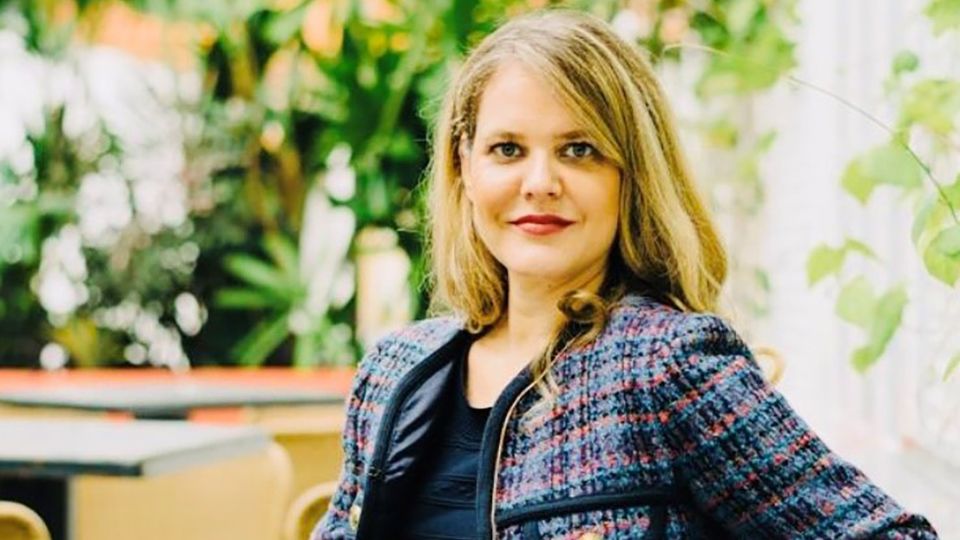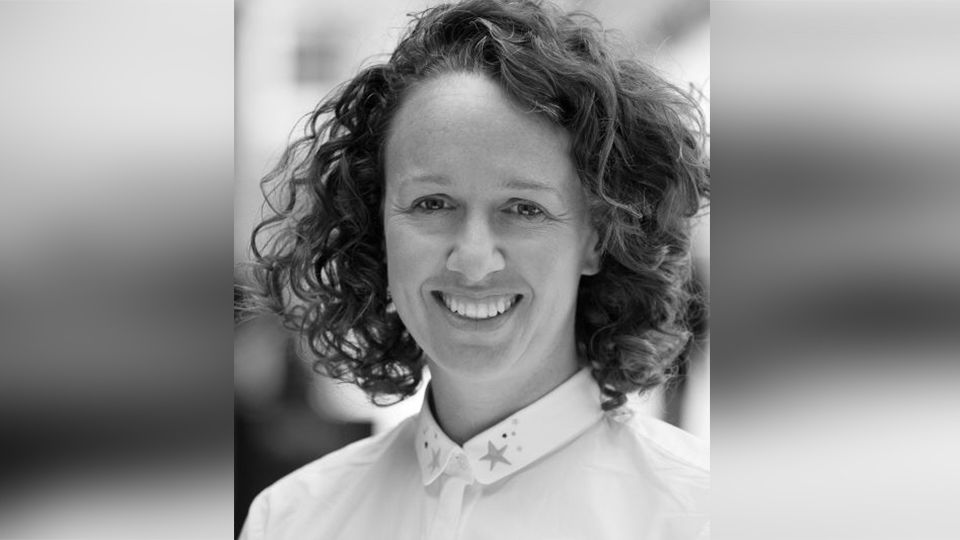Four years. That’s the number of years of progress that has been wiped out, according to the UN’s latest Sustainable Development Goals (SDGs) report.
In 2015 the global community, represented by all member states of the UN, agreed on a set of 17 goals to “end poverty, protect the planet and ensure prosperity for all by 2030”. These SDGs, and their 169 underlying targets, are an urgent call for action by all countries – developed and developing – in a global partnership, recognising that ending poverty and other deprivations must go hand-in-hand with strategies that improve health and education.
The UN’s 2022 Sustainable Development Goal Annual Report charts the global overview of the recent progress made on the implementation of the 2030 Agenda for Sustainable Development, using the latest available data and indicators for each goal.
It found the 2030 agenda is being jeopardised by multiple intersecting crises: from the pandemic to climate change, to various conflicts including Afghanistan and Ukraine. The reversal of years of progress is real, with millions being pushed into hunger and poverty, the Covid crisis threatening decades of progress in global health, decreasing global life expectancy, increasing global inequality in between countries, the prevalence of anxiety and depression as well as a spike in death from tuberculosis and malaria; millions of children may never return to school and one in ten children is now engaged in child labour worldwide. Not to mention CO2 emissions reaching their all-time high in 2021. And the list goes on.
Where do we go from here?
More than ever, mobilising private capital at scale will be essential for achieving the 2030 Agenda for Sustainable Development. According to the UN, despite accelerating flows in sustainable and impact investments in the recent years, the world is facing a $2.5trn annual funding gap, in developing countries alone.
For every year that passes, the investment needed to fulfil these goals increases, highlighting the urgency of channeling capital. Hence, investors that want to make a measurable impact can use the SDGs as a guide to make decisions about where to best put their wealth to work.
Impact investors can contribute to the realisation of the SDGs and the solving of the world’s most pressing issues in various ways, across a range of asset classes, from liquid (e.g. green bonds, shareholder engagement funds) to illiquid strategies.
However, allocating capital is likely more impactful in illiquid private markets, particularly at the earlier stages of a company’s lifecycle, such as investing into venture capital funds or start-ups, as this is when capital is most needed by a company and most difficult to access. Capital allocation is also highly impactful in developing countries or regions where capital is scarce.
Key factors that set impact investments apart from other sustainable investment practices include:
- the intentionality of social and environmental impact (which SDG are you targeting?)
- the additionality of impact (are you making a difference?)
- the measurement of the impact (how can you measure it?)
More to be done
That said, a recent report by PWC, the University of Zurich and CSP recognises that although more and more private banks are expanding their sustainable investing offering to private markets and impact solutions, the representation of impact solutions is still limited compared with the breadth of other sustainable investment strategies on offer (from exclusion, to integration, best in class and thematic investing).
This is mainly due to the scale required to successfully launch private equity impact funds and the complexity of structuring them. This creates a high barrier to enter into this area of sustainable investing.
At the current stage, among 20 banks across Europe and Singapore surveyed in the report, only a few were considered to possess comprehensive knowledge in various impact sectors.
On the bright side, more and more investors who have the risk appetite and longer time horizon are showing interests in private market funds. We have seen multi-billion impact funds raised this year by the biggest private equity houses, and increasingly counting high-net-worth individuals in their investor base and looking to solve unprecedented societal challenges such as climate action, lifelong learning, sustainable living and inclusive growth.



